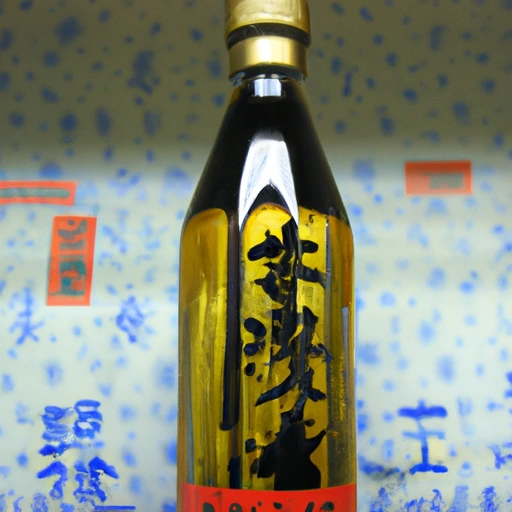Mirin
Description

Mirin is a traditional Japanese sweet rice wine that is widely used in cooking. It's known for its unique combination of sweetness and umami, which it imparts to a variety of dishes. In recipes, mirin is often used in combination with soy sauce, sugar, and other seasonings to create a rich flavor profile. Ideal for glazes, marinades, and sauces, mirin is an essential ingredient in Japanese cuisine and is becoming increasingly popular in kitchens around the world. When measuring mirin for recipes, both metric (milliliters) and imperial (fluid ounces) units are typically used, catering to an international audience.
Common uses
Mirin is frequently used in teriyaki sauce, marinades for grilled meats, and as a seasoning in various Japanese dishes. It's also a key ingredient in making sushi rice, as it provides the rice with both a subtle sweetness and a glossy appearance. Additionally, mirin can be used in noodle broths, soups, and as a component in dressings for salads or vegetables.
Nutritional value
Calories
Mirin is relatively high in calories due to its sugar content. It provides approximately 224 calories per 100 milliliters (about 3.4 US fluid ounces).
Protein
Mirin contains trace amounts of protein, not contributing significantly to the protein content of a dish.
Fat
This ingredient is virtually fat-free, containing negligible amounts of fats.
Carbohydrates
Carbohydrates are present in mirin, predominantly in the form of sugars, which amount to about 56 grams per 100 milliliters (approximately 8 tablespoons).
Vitamins
Mirin contains small amounts of certain B-vitamins, primarily from the fermentation process.
Minerals
There are minimal minerals in mirin; however, it may contain small amounts of sodium.
Health benefits
While mirin is primarily used for flavoring, it does contain some compounds that may have health benefits, such as aiding in digestion due to the presence of beneficial enzymes from the fermentation process. However, due to its high sugar content, it should be consumed in moderation.
Potential risks
The high sugar content in mirin can contribute to increased caloric intake. Additionally, mirin contains alcohol, although most of it evaporates during cooking. Individuals monitoring their sugar or alcohol consumption should use mirin sparingly.
Common recipes
Popular recipes that include mirin are teriyaki sauce, miso glaze for eggplants, and Japanese braised pork belly (Kakuni). It's also a component in the broth for ramen and udon noodles.
Cooking methods
Mirin is commonly used in simmering, sautéing, and as a component in sauces and marinades. It can also be used to deglaze pans to create flavorful reductions.
Pairing with other ingredients
Mirin pairs well with soy sauce, sake, sesame oil, ginger, and garlic. It complements the flavors of seafood, poultry, and vegetables, enhancing the overall taste of the dish.
Summary
Mirin is a versatile sweet rice wine that adds depth and sweetness to Japanese dishes and beyond. Its rich umami flavor makes it a favorite among chefs and home cooks alike. While it offers some health benefits, mirin should be used in moderation due to its sugar and alcohol content. Its culinary applications range from marinades and glazes to soups and sauces, providing a distinctive taste that elevates a variety of recipes.